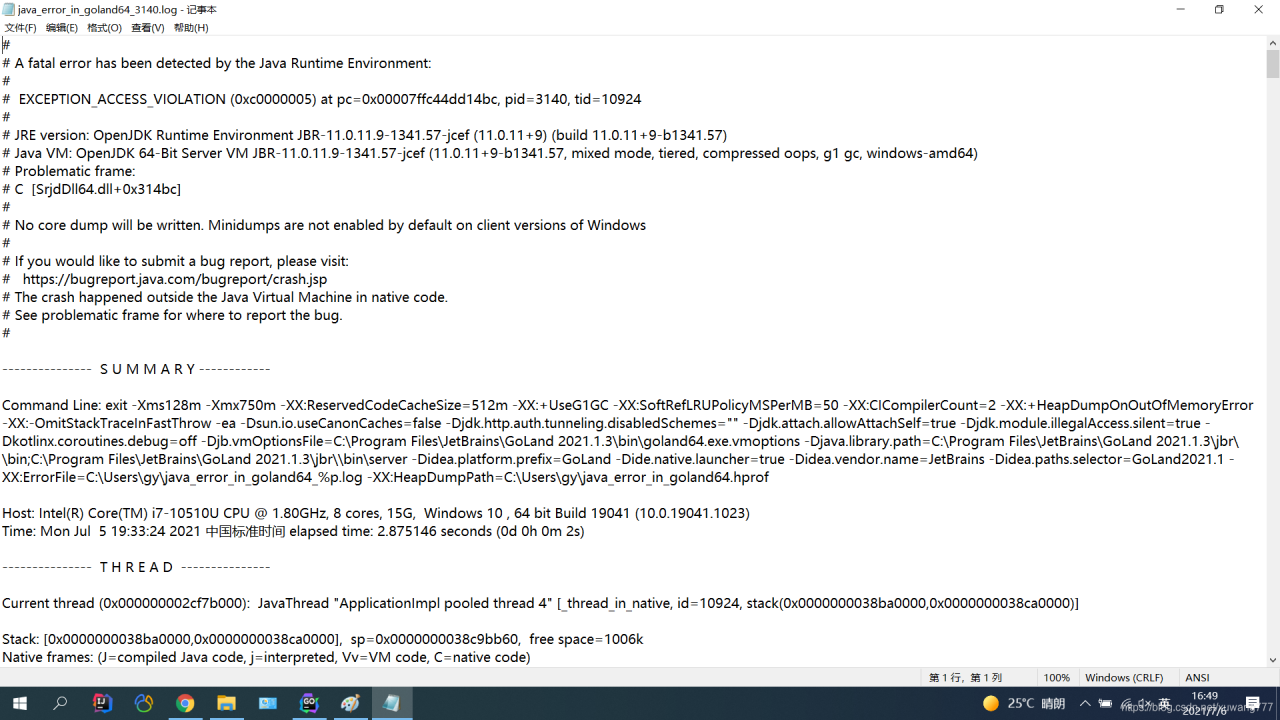
It’s often used as a format for configuration files, but its object serialization abilities make it a viable replacement for languages like JSON. has steadily increased in popularity over the last few years. It also stores the data in custom pairs which can be easily read. So YAML is similar in a lot of ways to json. YAML is a human friendly data serialization standard for all programming languages. These tags can describe an operating system, architecture, a Go version, a compiler, cgo support, or any other requirements for a target system. The strength of any markup language is its ease of use for the user.īUT ease of use does not translate to readability. A build constraint or a build tag is a line comment that lists the conditions under which a file is included in the package. For example, popular markup languages used in Web pages are HTML, DHTML, and XML… I’m sure that you’ve heard of atleast two of these. This permits subset languages to develop tag names and functions appropriate to their objective. The SGML standard doesn’t specify tag names or use, it just specifies rules for how such tags will work. The following command converts all migration sqls from “db/migrations” directory into Go source file named “bindata.go” with package name of “myapp”.SGML (Standard Generalized Markup Language) was developed to identify how markups, called tags, could be used to enhance text and graphics. We need to convert the migration sqls into Go source files using go-bindata and instruct sql-migrate to use embedded sqls. Quick search revealed that sql-migrate library can do both non-embedded and embedded migrations. But both libraries didn’t support embedding the migration sqls within application binary. I’ve used goose and migrate libraries in an earlier projects.

I also took advantage of the Golang build tags to maintain both embedded and non-embedded versions. Go to File -> Preferences -> Keyboard shortcuts (or just hit Ctrl+k Ctrl+s ), search for Restart running task keybinding, and set it to whatever you like. Go is a very popular language for good reason.
#Goland build tags code#
So I decided to embed the migration sqls with the application binary. Editor’s note: This tutorial was last updated on 1 November 2021 to make the code examples compatible with the latest version of Go (at the time of writing, Go 1.17) and address questions posed in the comments section. Building it with the flags like so: C:UsersLuke go srcspotlight> go build -ldflags '-s -w' -o spotlight-s-w.exe C:UsersLuke go srcspotlight>dir 02 / 16 / 2018 03: 29 PM 3, 943, 424 spotlight-s-w.exe 02 / 16 / 2018 01: 52 PM 5, 728, 768 spotlight.exe. But in my case as it is an application distributed to the user, I don’t want to keep the migrations as separate sql files. We can omit the symbol table, debug information and the DWARF table with the following flags: -s -w. In a typical web application the migration sql files are usually deployed along with the web application so that it can migrate the database next time when it is launched. The application runs database migrations at every startup.

#Goland build tags how to#
I am developing a system application in Golang that uses SQLite as database. Tag Archives: goland vgo Creating a Golang 1.11 local project and using local packages (vgo) So I’ve been googling for a few weeks now trying to understand how to create a simple local application using vgo because it seemed fairly interesting to me. In this post I am going to explain how to embed database migration sqls within application binary and how can we utilize the Golang build tags to maintain both embedded and non-embedded versions of database migrations.


 0 kommentar(er)
0 kommentar(er)
